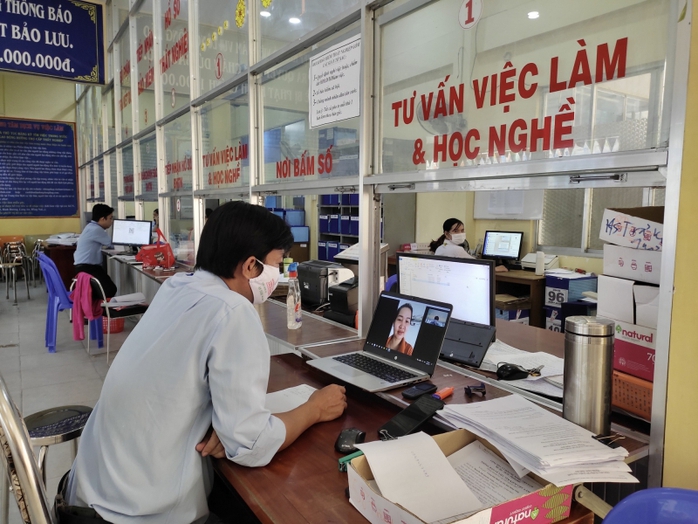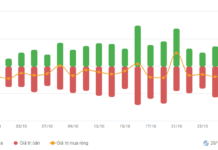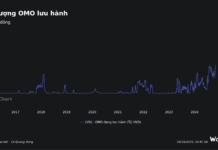Vietnam’s Social Insurance Agency announced that the 2025 Labor Law (effective January 1, 2026) caps employee unemployment insurance contributions at 1% of monthly wages. Employers will contribute up to 1% of their total workforce’s monthly payroll, while the government will subsidize an additional 1% of employees’ monthly wages.
If employees take leave but continue receiving wages equal to or exceeding the minimum wage threshold for mandatory social insurance contributions, their unemployment insurance contributions remain based on that wage level.

Career counseling for workers at Hanoi Employment Services Center
Currently, the minimum contribution threshold aligns with the pre-abolished base salary, set at 2.34 million VND/month. The law caps maximum contributions at 20 times the regional minimum wage at the time of payment. Consequently, the maximum unemployment insurance contribution for state-regulated wage earners is 46.8 million VND.
Previously, the Ministry of Home Affairs proposed a 7.2% average increase in the minimum wage, ranging from 250,000 to 350,000 VND above current levels, effective January 1, 2026. This aligns with the National Wage Council’s recommendation to the government.
Specifically, the proposed monthly minimum wages are: Region 1 at 5.31 million VND, Region 2 at 4.73 million VND, Region 3 at 4.14 million VND, and Region 4 at 3.7 million VND. These figures reflect a 250,000–350,000 VND increase, averaging 7.2% over current rates.
Once approved, the new regional minimum wages will set the maximum unemployment insurance contribution base at 74 million VND for Region 4 and 106.2 million VND for Region 1.
In addition to adjusting the unemployment insurance contribution ceiling, the 2025 Labor Law revises employer support conditions for employee training and skill enhancement. Notably, it eliminates the requirement for businesses to face difficulties to qualify for support, instead specifying eligible scenarios such as structural changes, technological shifts, economic factors, natural disasters, pandemics, or production relocation/downsizing.
Unveiling New Insights on Unemployment Insurance
According to the Ministry of Home Affairs, these latest amendments aim to establish a modern unemployment insurance system, placing workers at its core.













































